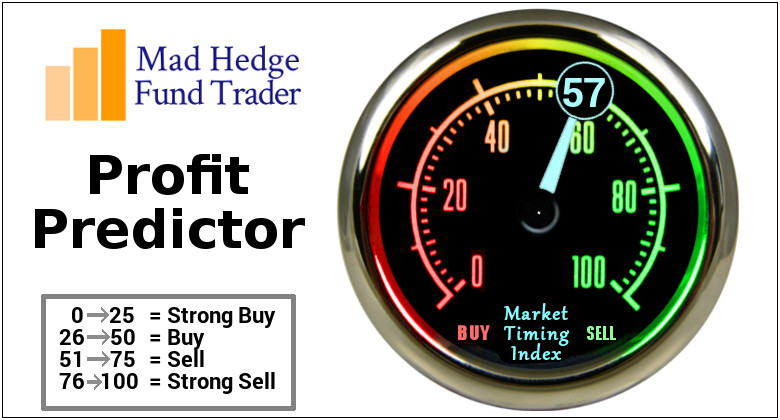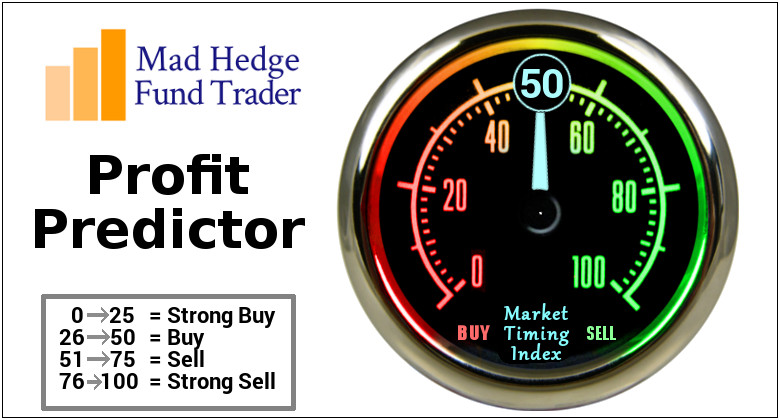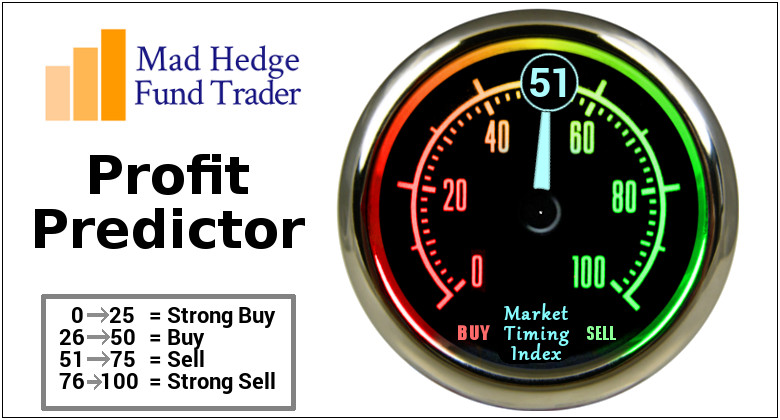
Global Market Comments
October 7, 2025
Fiat Lux
Featured Trade:
(TESTIMONIAL)
(A NOTE ON ASSIGNED OPTIONS, OR OPTIONS CALLED AWAY UPDATED),
(GS)
“Nothing good ever happens under the 200-day moving average,” said my old friend, hedge fund legend Paul Tudor Jones.
Global Market Comments
October 6, 2025
Fiat Lux
Featured Trade:
(MARKET OUTLOOK FOR THE WEEK AHEAD, or FLYING BLIND),
(SPY), (GLD), (NFLX), (TSLA), (MSTR)
"Forget what you know about buying fair businesses at wonderful prices. Instead, buy wonderful business at fair prices," said Oracle of Omaha, Warren Buffett.
Global Market Comments
October 3, 2025
Fiat Lux
Featured Trade:
(OCTOBER 1 BIWEEKLY STRATEGY WEBINAR Q&A),
(SPY), (CCJ), (CST), (SMR), (TSLA), (F), (GM),
(USO), (FCX), (GLD), (SLV), (OXY), (BRK/B)
Global Market Comments
October 2, 2025
Fiat Lux
Featured Trade:
(THE TWO CENTURY DOLLAR SHORT),
(CNN’S JOHN LEWIS; THE DEATH OF A COLLEAGUE)
“We’ve seen the S&P 500 drop 50% twice in the last 15 years. That is the new normal”, said Richard Kang of Emerging Global Advisors.
Global Market Comments
October 1, 2025
Fiat Lux
Featured Trade:
(THERE ARE NO GURUS)
Global Market Comments
September 30, 2025
Fiat Lux
Featured Trade:
(I HAVE A NEW OPENING FOR THE MAD HEDGE FUND TRADER CONCIERGE SERVICE),
(TESTIMONIAL)








